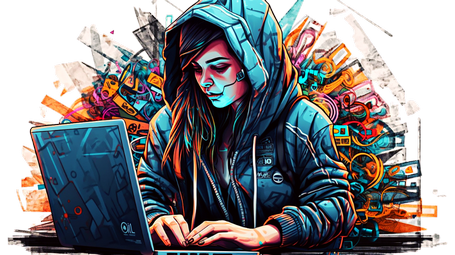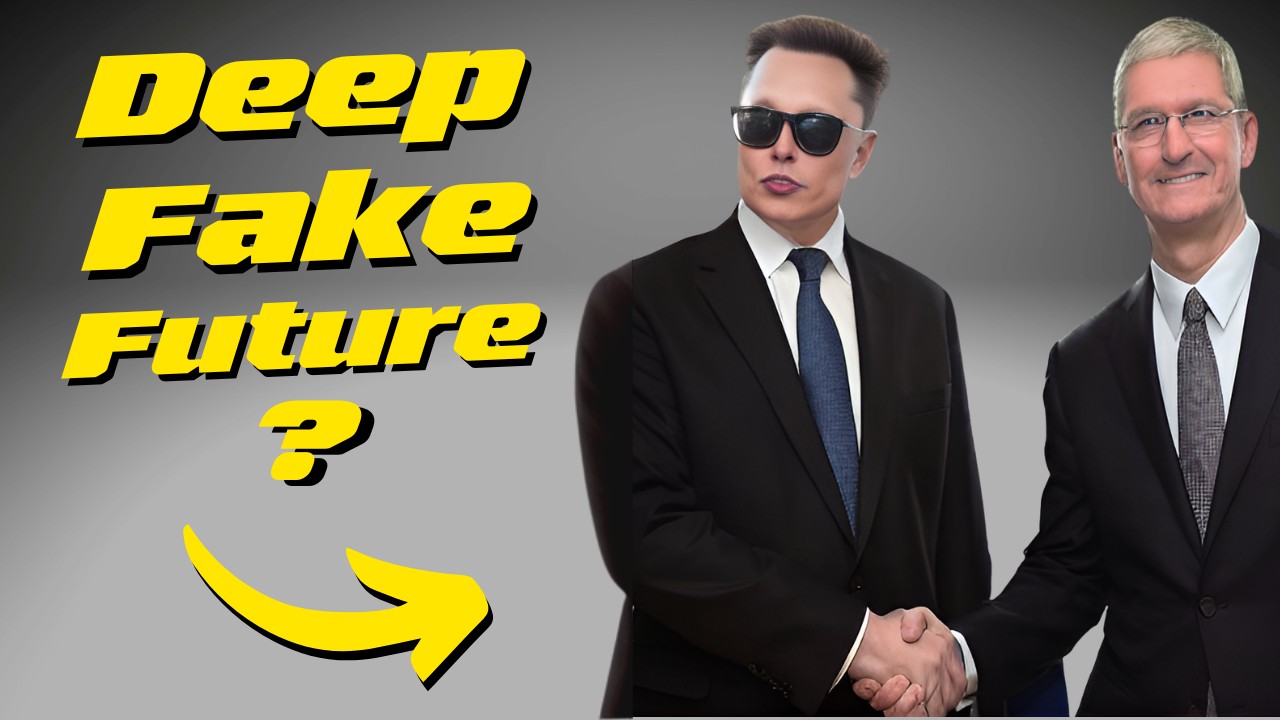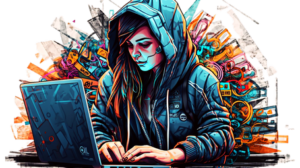Stable Diffusion image inpainting is a process of filling in missing or damaged parts of an image. The goal of image inpainting is to make it so that observers are unable to tell that the image has undergone restoration.
This technique is often used to remove unwanted objects from an image or to restore damaged portions of old photos.
Stable Diffusion Inpainting is a relatively new method of inpainting that is showing promising results. This a is very good example of a great Generative AI application.
The goal of this blog post is to introduce readers to the concept of inpainting with Stable Diffusion and to provide some examples of its use.
Read more, or watch the YouTube video
YouTube:
What is Image Inpainting?
Image inpainting is the process of filling in missing or damaged parts of an image. This can be done by hand, but today there are also numerous automatic inpainting methods.
In most cases, these methods require a mask which delineates the damaged or missing regions of the image. The goal of image inpainting is to make it so that observers are unable to tell that the image has undergone restoration.
This technique is often used to remove unwanted objects from an image or to restore damaged portions of old photos.
You can also read more about Stable Diffusion here
How do you use Stable Diffusion Inpainting?
If you want to try inpainting with Stable Diffusion feel free to follow these 9 steps below that will get you started experimenting with inpainting and altering existing images.
Stable Diffusion Inpainting Step by Step
1. Go to https://huggingface.co/spaces/multimodalart/stable-diffusion-inpainting
2. Upload your image
3. Start erasing the part of your image you want to replace
4. Type in your prompt (what you want to add in place of what you are removing)
5. Click on run
6. After a while you will get your image back inpainted with your desired prompt
Stable Diffusion Inpainting Examples
Here I did create an inpainting of the image of Apple CEO Tim Cook shaking hands with Elon Musk.
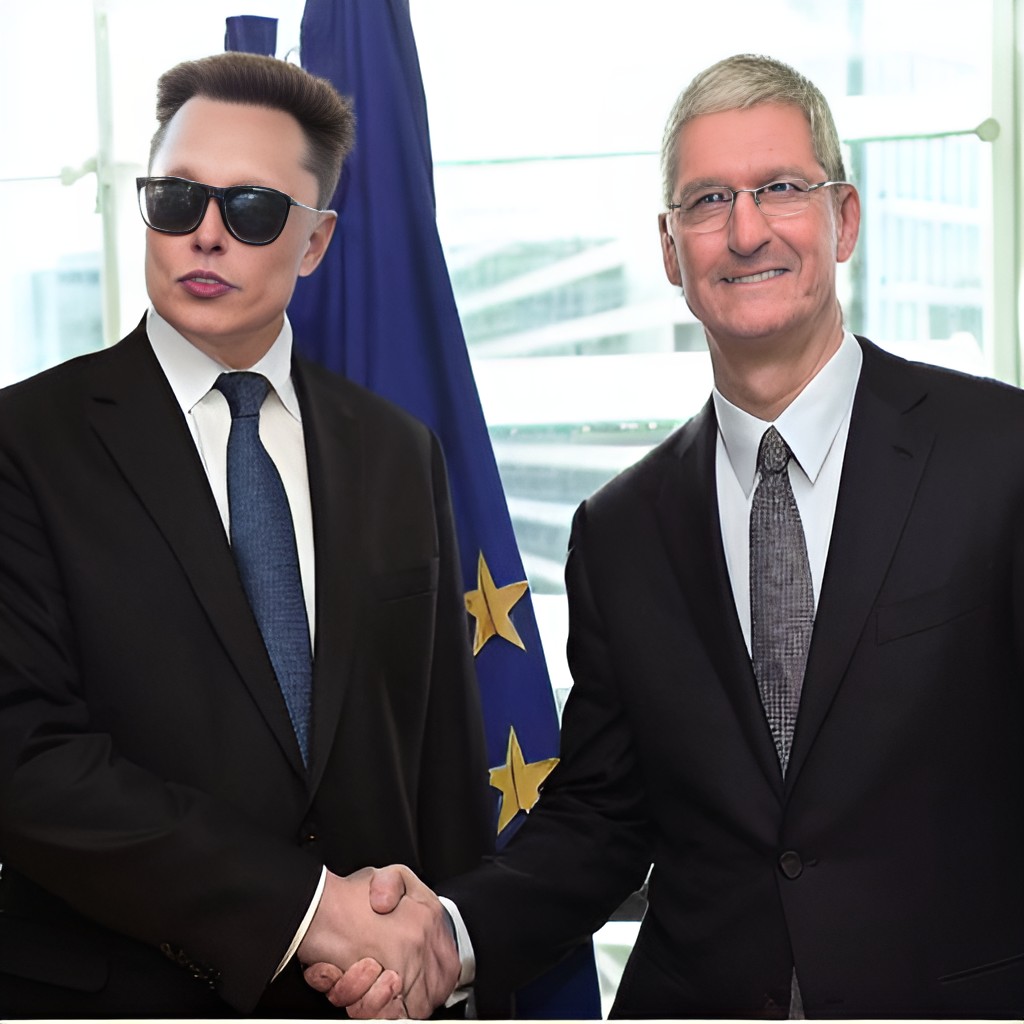
I then created a fake newspaper text and filled in the images, making it look like there was a deal made with Apple acquiring Tesla.
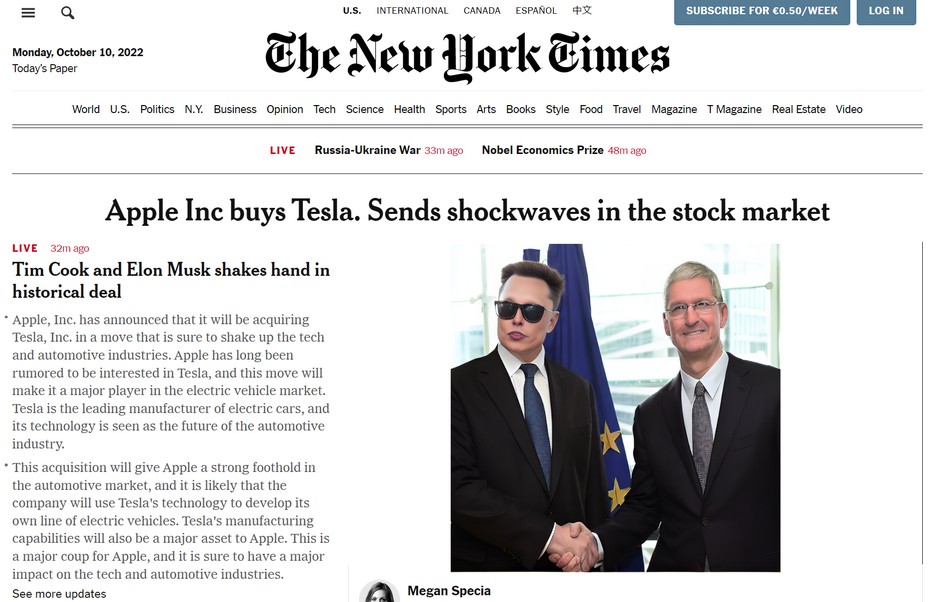
I also created this inpainting of Donald Trump shaking hands with his rival Joe Biden.

Will features like inpainting cause more deep fake images in the future?
It is hard to say for sure, but I think it is possible that features like inpainting with Stable Diffusion could cause higher volumes and better deepfake images in the future.
The reason being that the technology is still relatively new and there are bound to be improvements made over time.
Additionally, as more people become aware of the existence of deepfake technology and how to use it, the volume of deepfake content is likely to increase.
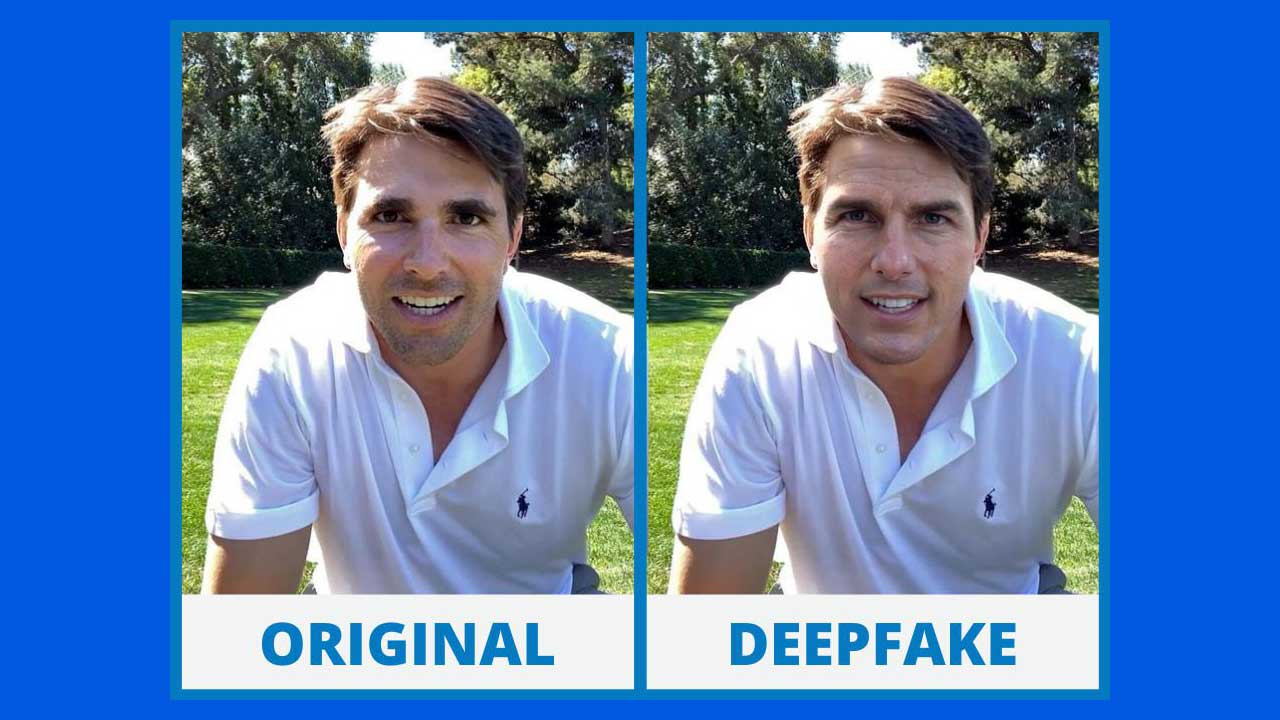
The problem with deep fakes is that they can be used to create fake images or videos that are very realistic and can fool people into thinking that they are real.
This can be used for malicious purposes, such as creating fake news stories or spreading false information.
Additionally, as deep fakes become more realistic and more accessible to the mainstream, it will become increasingly difficult to tell what is real and what is fake.
This could lead to a situation where people no longer trust anything they see online, which could have a devastating impact on society.
Conclusion
Overall, stable diffusion inpainting is a great way to create fake images or videos that look very realistic. Additionally, as the technology improves, it will become increasingly difficult to tell what is real and what is fake.
This could lead to a situation where people no longer trust anything they see online, which could have a devastating impact on society.
Some people believe that features like inpainting with Stable Diffusion could cause more deep fake images in the future. As the technology continues to develop, it will be interesting to see how it is used and how it affects society as a whole.
